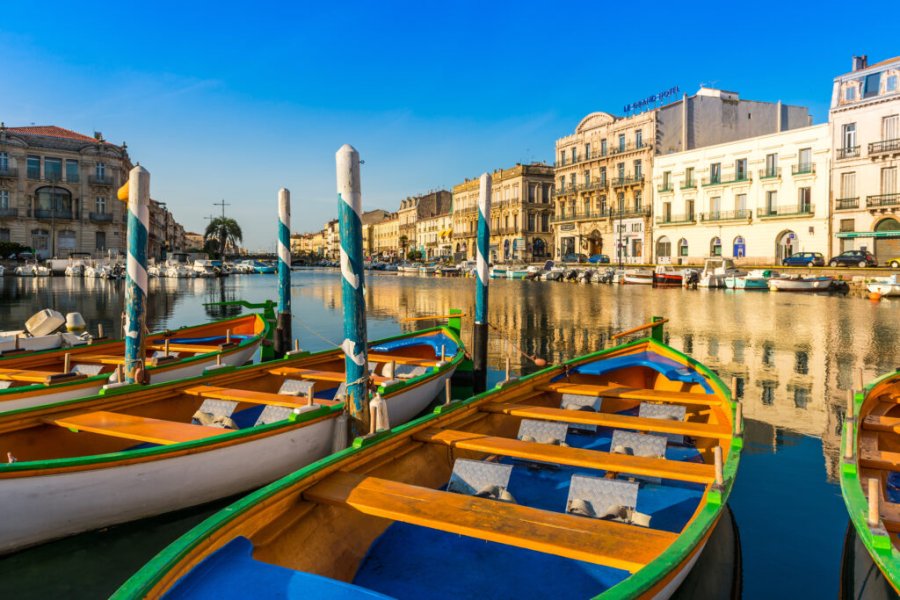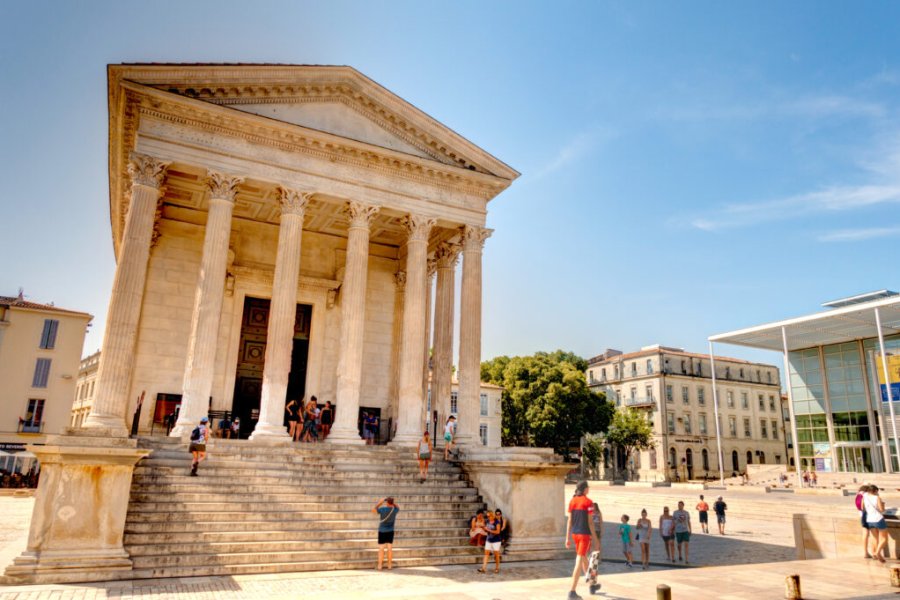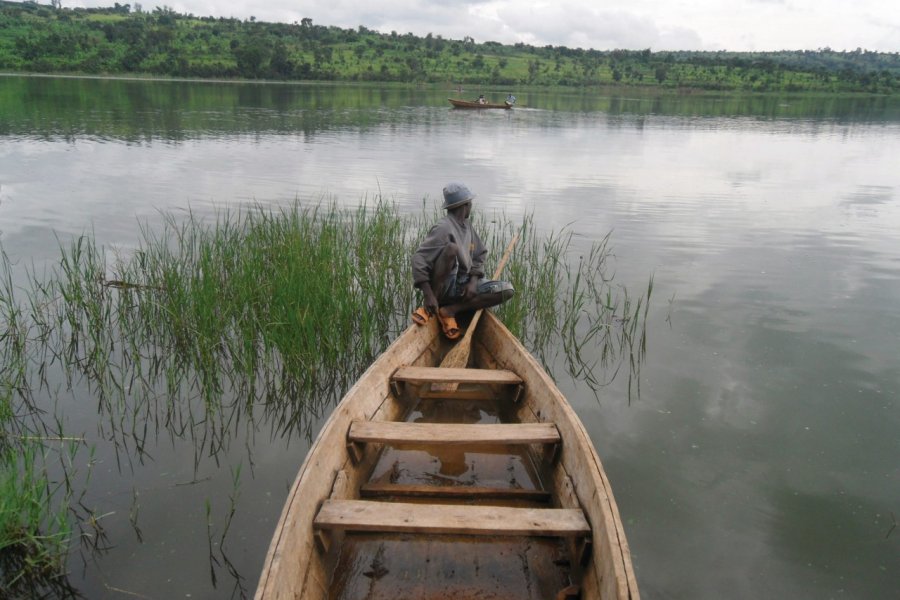Travel Guide Lac Rwihinda
Find an accommodation
Advertising
Twa Lake is small compared to its northern neighbours (Cohoha, Rweru), but it is the only one to form a natural reserve, which has made it possible for a good year to preserve its fauna and vegetation. With rounded shape, at an altitude of 1 420 m, it belongs like others to the Marshy marsh complex which encompasses unique natural environments.The Twa is a lake of choice for birds, hence its nickname of "Lake aux Oiseaux". Avian, migratory, or sedentary species are located there, nidifient, or simply cross, en route to other horizons. The shores are frequented by these birds, but it's mostly in the middle of the lake they prefer to shelter on swampy islets. The most important of these is the island of Akagwa, where natural vegetation remains preserved, and on which bird colonies are concentrated, as well as small mammals and monkeys.A reserve in danger. Like all northern lakes, the "Lake aux Oiseaux" has seen its environment severely disturbed by human activities. The neighbours, who run after their food survival, have acted on the delicate ecological balances, and the species have disappeared, finding no longer their familiar habitat. The development of agricultural development of new lands, increasingly close to the banks, has led to the destruction of numerous papyraies, nesting sites of several species of waterfowl. This phenomenon can be seen on the shores, which the banana plantations now dominate. On the island of Akagwa, land was set aside for a moment in culture, which brought the habitat of the birds back to the ground and the few monkeys it housed. Finally, other "collateral" effects of agriculture were also observed, as phenomena of siltation of the lake, linked to erosion.The direct animal levy also caused damage, sometimes irreversible. Twa's last hippopotamus was killed in 1989, and the monkeys and birds are hunted for their flesh or fur. Fishing, which offers the neighbourhood an essential protein supply, has developed in recent decades, but again with its lot of damage. The fish of Twa are well known, but fishing techniques are épuisent the resource (especially small mesh nets collecting fry).The INECN managing the reserve took the measure of the problem and established with local fishermen's associations a management plan to improve the protection of the lake by respecting local needs. Launched in 2005, it has borne fruit but will certainly not be able to bring the lake back to its status quo ante.
Suggested addresses Lac Rwihinda
Weather at the moment
Advertising
Organize your trip with our partners Lac Rwihinda
Transportation
Book your plane tickets
Car Rental
Boat rental
Accommodation & stays
Find a hotel
Holiday rental
Find your campsite
Tailor-made trip
Immersion travel
Services / On site
Activities & visits
Find a doctor
Find unique Stay Offers with our Partners
Pictures and images Lac Rwihinda
Other destinations nearby Lac Rwihinda
5 km away




